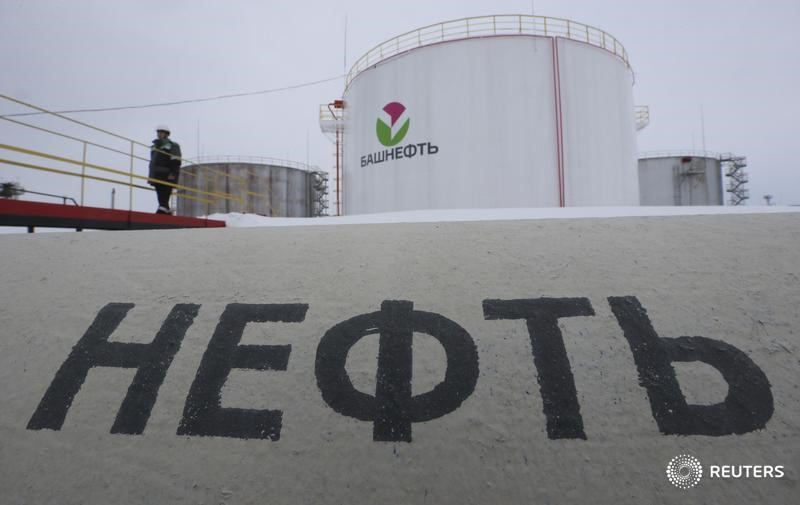(Bloomberg) -- The polar blast freezing much of the U.S. is driving up demand for heating oil, a boon for a crude market that until now has relied on freight to make up for the pandemic’s devastating impact on driving and air travel.
America’s insatiable appetite for online shopping has kept trucks crisscrossing the country as people stay home and keep their cars in the garage. Now, the frigid temperatures that are expected to persist into next week should provide another bump to demand for petroleum distillates, used both to heat homes and power the diesel engines of 18-wheelers.
“Without that level of demand, I think crude and gasoline prices would have sustained continued weakness, especially during the darkest days of Covid lockdowns,” said Kyle Lintner, managing director of freight consultant K-Ratio. “When the lockdowns hit, everything travel-related stopped: commuting to work, business and personal air travel. Freight, however, did not stop and actually increased.”
The trucking boom has helped U.S. oil sustain a comeback from negative prices in April of last year, when a virus-driven collapse in fuel consumption triggered the market’s worst crash ever. Crude futures in New York have jumped about 20% this year to more than $58 a barrel, despite lockdowns.
Diesel and heating oil inventories are now enough to meet just 40.9 days of demand, closer to a five-year seasonal average of 38.2 days, according to data from the U.S. Energy Information Administration. Meanwhile, gasoline stockpiles have been mounting since November amid measures to contain the spread of Covid-19.
Seasonally, demand for diesel and heating oil surged to a 14-year high in the week ended Feb. 5. Demand for propane, a by-product of natural gas that’s also used for heating, has risen as well, reaching the highest level in weekly government data going back to 2004.
“While office buildings in the Northeast are kept warm by natural gas, residences mostly use heating oil,” Debnil Chowdhury, head of the Americas refining team at IHS Markit Ltd, said by phone from Houston. “With most people still working from home, we should see a rise in per capita consumption of heating oil.”
Also See: Glutted Diesel Market Finds a Safety Valve in Atlantic Ocean
As for freight, truckers are being paid the highest hourly wages since at least 2017, said IHS Markit’s Chowdhury. Another indication of how busy drivers are is that they are turning down about 20% of service orders, compared with a rejection rate of 6% in 2019, Freight Waves market analyst Zach Strickland said.
Rising demand for freight is good news for fuel makers that had to shut several refineries last year. Oil processing hit a 12-year low in May as lockdowns rolled out across the country.
Since then, U.S. refinery runs are up by 2.41 million barrels a day, thanks largely to trucks. By comparison, that increase is more than what Brazil can process if all its refineries run at capacity.
Activity is expected to keep improving with the summer driving season, when motorists take the roads and gasoline sales peak.
“We are going to see a stronger driving season compared with last year. It’s not going to be as good as the one prior to the pandemic, but things are definitely improving,” said Fernando Valle, a Bloomberg Intelligence analyst. He expects gasoline demand to grow by single digits from 2020.
Rising domestic consumption is set to add to an already firm demand for gasoline from Mexico, the biggest buyer of American motor fuel. Exports are already back to a five-year average as the Latin American nation has cut runs at its own refineries, plagued by lack of maintenance.
“We are not out of the woods yet,” Valle said. “Fuel demand still has ways to go, but there’s reason to be more optimistic.”
©2021 Bloomberg L.P.
